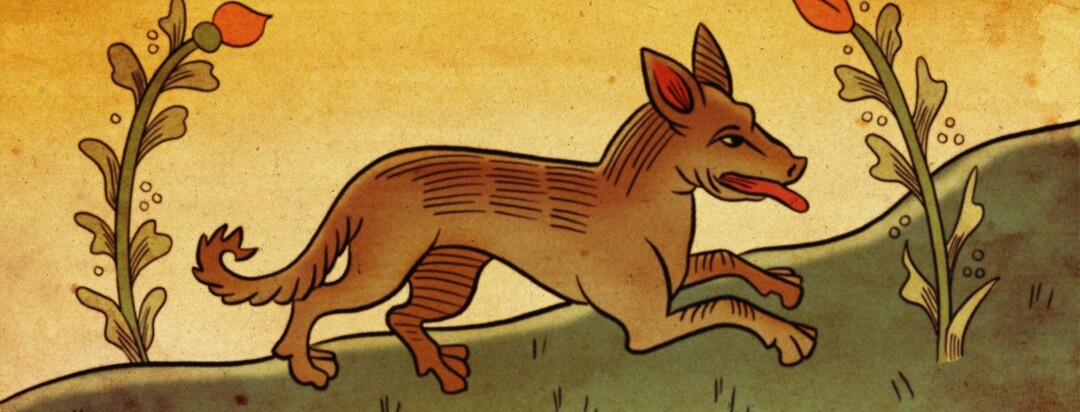Cancer, and Wolf
An interesting meme made its way (again) around the internet recently. It was an image listing the ways people had died in London in 1632. Some causes of death had an obvious meaning, like “Fever (1108 deaths).” Some of them were kind of mysterious and intriguing, like “King’s Evil (38).” And for others, I was happy that they didn’t include any detail: “Teeth (470).”
But the one that caught my eye? “Cancer, and Wolf (10).”
Wait – cancer and wolf? Like, at the same time? Was this saying that 10 poor cancer patients had to fight off wolves while they were already dealing with cancer?
A little bit of history
I’m not one to dwell on death. But being a fan of history, I had to do some research on why so many wolves seem to be attracted to cancer patients in London in 1632. From what I found, there are a few reasons for cancer and “wolf” to be listed together. None of them involve actual animals.
Things were different back then, of course. Surgeons were also barbers, and the closest thing to digital medical records was a quill and parchment. And unlike today, doctors didn’t all use the same terminology to describe an illness. Some used the word “cancer.” Some used “canker” (which also shows up on the list).
And some used “wolf.” The word was used by some people to mean any cancer, and by others to describe a particular type of cancer, one that affected the legs, especially.
Others used “wolf” as a kind of metaphor for cancer – that is, a way of comparing something hard to understand with something easier to understand. Cancer could seem like a wolf, attacking someone from the inside.
And others used “wolf” because of a particular treatment. Some people believed that laying slabs of raw meat on the skin over a tumor would “draw out” the cancer. The treatment was called “feeding the wolf,” almost like it was a way of distracting the disease with meat so it would stop attacking the patient.
So there were no deaths by the animal “wolf” in London in 1632. (Though there was one “bit with a mad dog.” Yes, “with.” Not “by.”)
Where we are today
All of this makes me think of how far we’ve come. Not just since in the 400 years since the Renaissance. But even in the 13 years I’ve been a follicular lymphoma patient. For people with my cancer, there weren’t a lot of treatment options besides traditional chemotherapy in 2008.
But now? Lots of immunotherapy, like the monoclonal antibody that has knocked my cancer back for 11 years. Targeted therapies, like inhibitors. CAR T-cell therapy. Bispecifics.
I know some blood cancer patients who will tell you that their chemo treatments were “medieval,” and in some ways they’re right. And there are plenty of people, friends, and strangers, who are happy to tell me that my cancer could be “cured” with whatever today’s version of slices of raw meat happens to be.
But I keep hope alive by thinking of the many ways out there to deal with the wolf. Killing it, taming it, or just keeping it on a leash. I have many options, and I’m grateful for the scientists and doctors who have made them happen.

Join the conversation